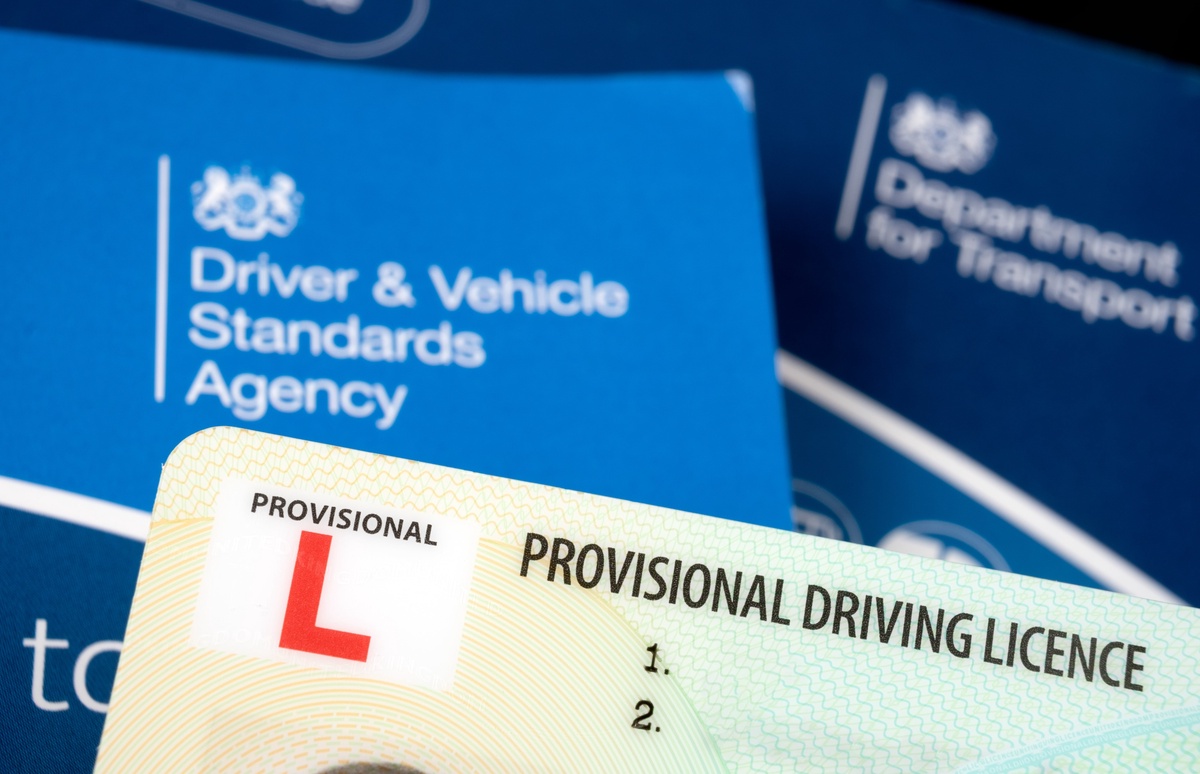According to UK government data, only 44.6% of aspiring car drivers who have taken their theory test sinch April 2023 have successfully passed.
From the meaning of road signs to the nuances of safe driving practices, there’s a lot to remember when sitting your test.
cinch, the faff-free way to buy a car online, has looked at some of the questions that stump most budding motorists – as per Driving Test Success – to help learners nail their upcoming test.
‘Kick-down’
Question: When driving a car with an automatic transmission, what would you use ‘kick-down’ for?
Whether you’re learning to drive or are already the proud owner of a used Ford or Audi, there are several theory test questions that can cause confusion. The above question about the ‘kick-down’ function is no doubt one of them.
Sam Sheehan, motoring editor at cinch, explained: “In short, kick-down is a feature in vehicles fitted with automatic transmissions that allows you to accelerate faster.
“By pressing the accelerator pedal to the floor, the transmission receives the signal to downshift to a lower gear, providing the car with a surge of power and helping it pick up speed.
“Kick-down is particularly useful in scenarios in which, for example, you’re overtaking other vehicles or driving up steep hills.
“So, what would you use kick-down for? The answer is ‘quick acceleration’.”
Cover note
Question: What is a cover note?
When revising for your theory test, it’s normal to focus more on the meaning of traffic signs and road regulations in the Highway Code, as you’ll need to be aware of these when starting your driving lessons.
Conversely, it’s easy to overlook anything related to insurance as it may not feel directly related to driving a car. This is why many aspiring drivers often find it difficult to recall what a cover note is.
A cover note is a temporary document confirming a vehicle is insured while you wait for the final documents to be sent.
In today’s digitised world, temporary cover notes aren’t as common, as you can get an insurance certificate almost immediately. Bear in mind, however, that cover notes still do exist, so it’s important to know what they are ahead of your theory test.
Puffin crossing
Question: What colour follows the green light at a puffin crossing?
The answer is steady amber.
What makes this question tricky is that there are up to six different types of crossings on UK roads, including zebra, puffin, pelican and toucan.
The peculiarity of puffin crossings is that they have two sensors on top of the traffic lights that can monitor pedestrians, making the crossing safer and more efficient for everyone.
In fact, puffin crossings detect a pedestrian’s movements and prompt the traffic lights to stay red until the road is clear. This means there’s no flashing amber phase seen on the more common pelican crossings.
Turning right onto a dual carriageway
Question: What should you do before turning right onto a dual carriageway?
When carriageway questions pop up in your theory test, it’s not always easy to picture the scenario in your head – especially if you’ve never been in the driving seat or in that specific situation.
If you need to turn right onto a dual carriageway, you’ll need to cross two lanes and wait in the central reservation for a gap in the traffic.
Central reservations are a strip of road that divide the opposing lanes of traffic on a dual carriageway. If the central reservation isn’t wide enough, your car might protrude and encroach into one of the lanes, putting you at risk of a serious collision with oncoming vehicles.
Therefore, the most important thing to consider when turning right is whether the central reservation has enough space to accommodate your car as you wait.
Stopping distances
Question: In good driving conditions, what is the average stopping distance at 20mph?
One of the most challenging questions for future motorists is about stopping distances.
It’s worth noting that stopping distances change based on several factors, such as weather, road conditions and car tyres. In optimal conditions, however, there’s a calculation you can use to work out the distance required.
If you’re travelling at 20mph you can expect your stopping distance to be approximately 40 feet – but how can you memorise distances for multiple speeds?
At 20mph, multiply the speed by two and this is the total stopping distance in feet (40 feet).
From 20mph up, multiply by an extra 0.5 every 10mph after that. For example:
20mph x 2 = 40 feet
30mph x 2.5 = 75 feet
40mph x 3 = 120 feet
50mph x 3.5 = 175 feet
Statutory Off-Road Notification (SORN)
Question: How long is a Statutory Off-Road Notification (SORN) valid for?
The Statutory Off-Road Notification (SORN) is a declaration to the DVLA that your car isn’t being used on public roads.
Learner drivers might assume that a SORN is valid for one year only, after which you would need to renew your declaration if you’re still not driving your vehicle.
The reality, however, is that you only have to inform the DVLA once. The SORN lasts until your car is re-taxed, sold or scrapped.
Could you answer any of these theory test questions under pressure? If you’re taking your test soon, remember to revise beforehand and stay calm on the day. Good luck!


No comments yet